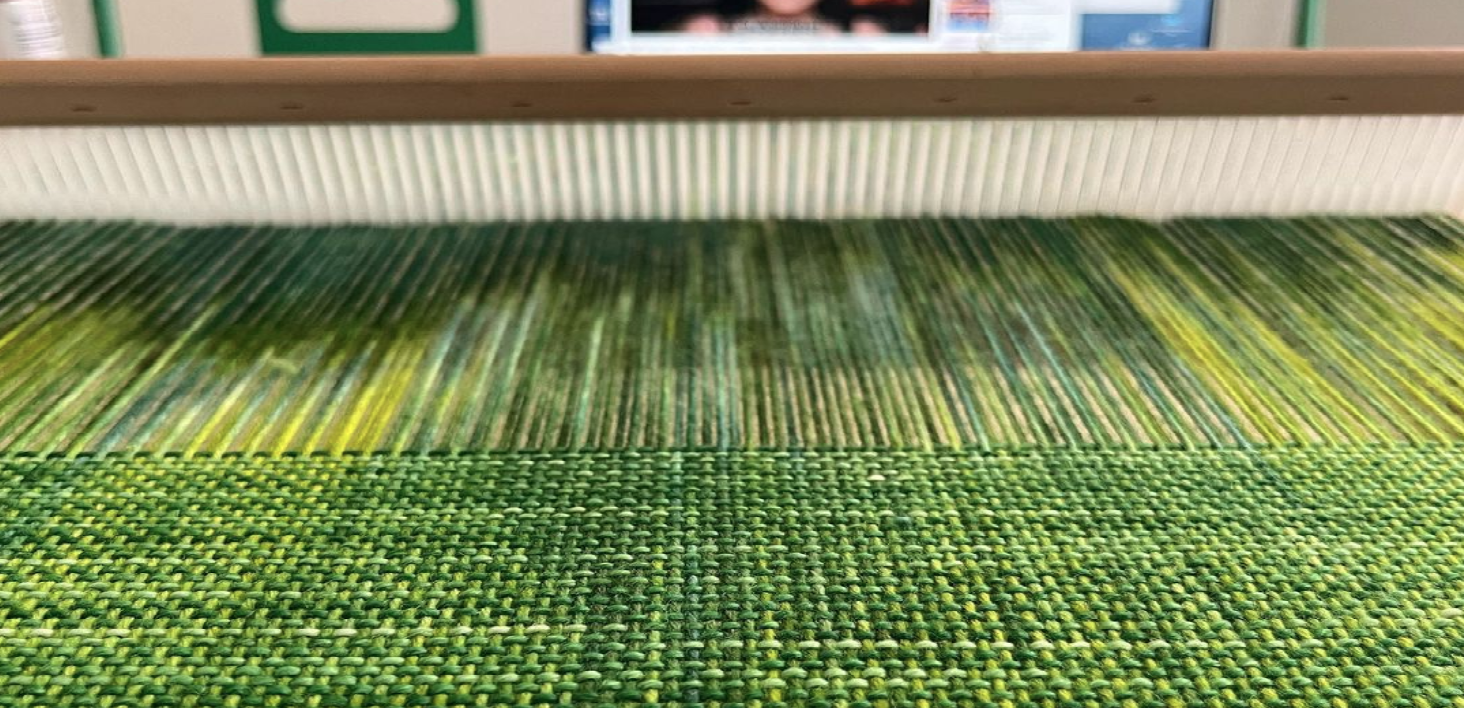Rigid heddle looms are often viewed as simple, easy-to-learn tools that make a plain weave cloth, perfect for new weavers to test out weaving before they get a “real loom”. However, rigid heddle looms “think” differently than floor or table looms, and when you understand the fundamentals of how they work, you can start to really see their potential.
This class breaks down the mechanics of how rigid heddle looms work – they are more than meets the eye!
In particular, we’ll look at
- How sheds are made on a rigid heddle and the impact that has on tension – Spoiler: you CAN weave linen on a rigid heddle!
- The implications the loom’s unique mechanics have for translating drafts written for shaft looms into instructions for rigid heddles.
- The “rigid heddle paradox,” and the fact that less truly is more when it comes to maximizing the flexibility and capability of this intriguing type of loom.
This course is the foundation that all our future rigid heddle courses will be built upon, and introduces key concepts and terminology. Even if you’ve been weaving on a rigid heddle for years, this is the place to start to make sure we’re all on the same page.
It is not, however, a “learn how to weave on a rigid heddle” course. It’s intended for people with some familiarity with rigid heddle looms, though others should be able to grasp the concepts easily.
If you’re a floor loom weaver and not yet familiar with a rigid heddle, it will provide a first glimpse of the fun, features, and flexibility of the rigid heddle loom.
Suggested reading: Drafts, the Written Language of Weaving; The Secrets of Liftplans, Treadlings, and Tie-ups
Tools Required: None
Weaving experience: None, though it’s intended for weavers who are familiar with the rigid heddle loom.



